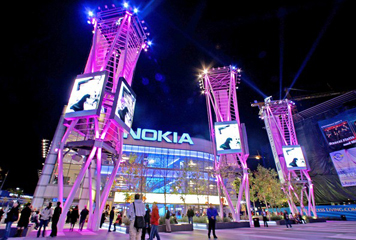New Frontiers in Online Content
 Saturday, February 13, 2010 at 09:02AM
Saturday, February 13, 2010 at 09:02AM  My guess is that this website by the Minnesota Zoo is a big hit with 10-year-old boys for about 15 minutes. As a life-long wildlife biology enthusiast, I applaud the willingness to broach a topic that most people consider too gross to discuss in polite company. However, the treatment here is so shallow and frankly juvenile that I can only conclude that the major purpose for this mini-site is to drive viewers to the main Minnesota Zoo website. http://www.whopooped.org/
My guess is that this website by the Minnesota Zoo is a big hit with 10-year-old boys for about 15 minutes. As a life-long wildlife biology enthusiast, I applaud the willingness to broach a topic that most people consider too gross to discuss in polite company. However, the treatment here is so shallow and frankly juvenile that I can only conclude that the major purpose for this mini-site is to drive viewers to the main Minnesota Zoo website. http://www.whopooped.org/



